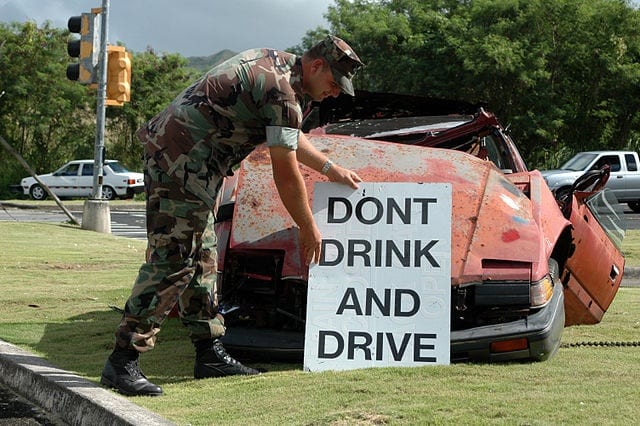Recently, after staring slack-jawed at my computer screen as my inbox flooded with 15 emails two minutes before 5 p.m., I wanted nothing more than a stiff drink. After heading to a favorite waterfront bar, I declared my specifications to the bartender (“whiskey” and “strong”) and went on to enjoy a fabulous Old Fashioned. A few sips in and I had lovingly dubbed it the “Email Eraser.” Though my praise stopped at the bar’s libation, it should have gone on to praise taxis and public transportation; a new study published in the journal “Addiction” suggests that even after one drink, I am in no shape to drive.
At my body weight, a single Old Fashioned leaves me with a blood alcohol content (BAC) of .05 immediately and .03 for hours after. While both of these numbers are below the legal limit of .08, recent research suggests that they are both high enough to seriously impair my ability to drive. Researchers at the University of California San Diego analyzed close to 1.5 million fatal domestic car accidents over the course of 14 years and arrived at results that suggest that even one sip of wine is one too many.
Even a BAC as low as .01 percent is enough to increase the risk of a serious accident, the researchers say. They found that with a BAC of just .01 percent, “there are 4.33 serious injuries for every non-serious injury versus 3.17 for sober drivers.” The researchers define “sober” as completely abstaining for the night. The study also showed that the likelihood of having a fatal accident correlates with the amount of alcohol in one’s blood.
Sociologist David Phillips, the leader of the study, said in a statement that “Accidents are 36.6 percent more severe even when alcohol was barely detectable in a driver’s blood.”
“Compared with sober drivers,” said Phillips, “buzzed drivers are more likely to speed, more likely to be improperly seat-belted and more likely to drive the striking vehicle, all of which are associated with greater severity.”
With a legal limit of .08 percent, America is more lenient than most countries. The majority of European countries (including the marijuana-friendly Netherlands) set the limit at .05 percent. Japan’s legal limit is .03 percent and Sweden’s is .02 percent. The considerable contrast between what different countries deem safe suggests that forces other than the cold facts are at hand when it comes to a country’s official stance on how much is too much of that cold beer. There is an obvious and interesting difference between what we as a society think we can handle and what the results of the study suggest is safe.


Leave a Reply